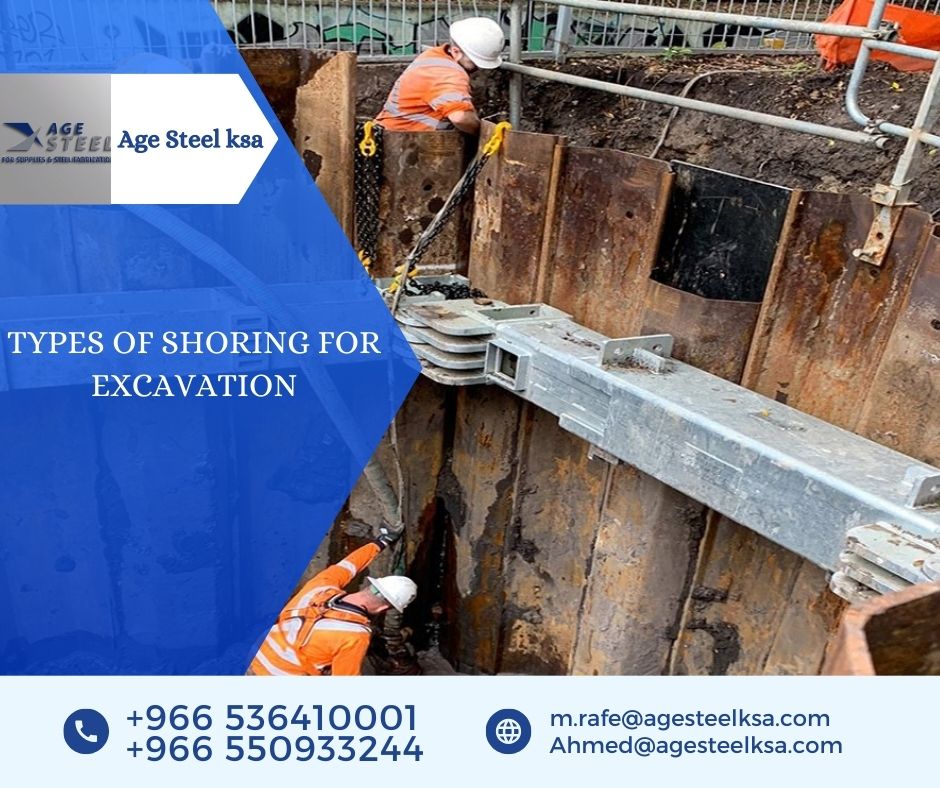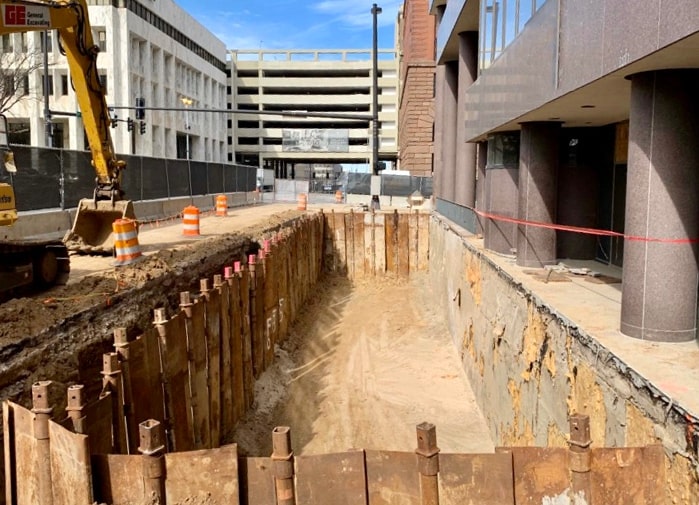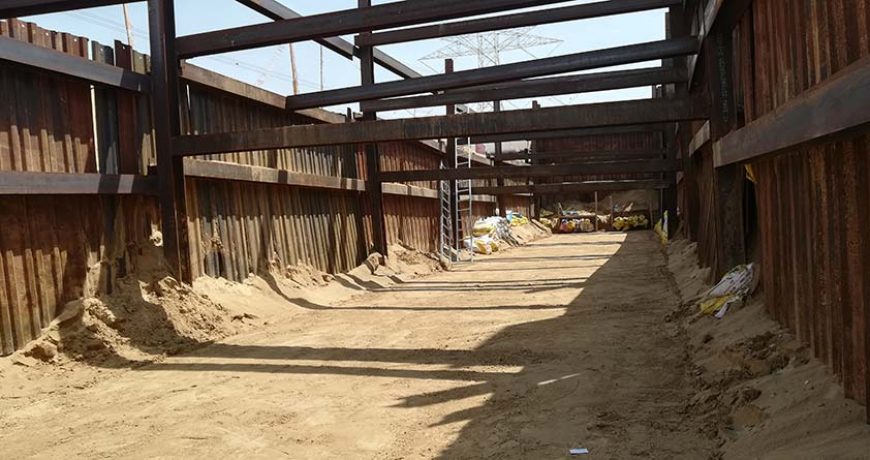
When undertaking excavation work, especially in large construction projects, ensuring the stability of excavation walls is crucial to protect workers and equipment from potential collapses. Shoring provides vital support to prevent the earth from caving in during digging operations. Shoring involves the use of specific methods and materials to stabilize the walls of the excavation, ensuring safety throughout the process. Understanding the different types of shoring for excavation is key to selecting the best solution for your project.
Shoring is the process of reinforcing excavation walls using various materials and structures to prevent the soil from collapsing into the excavation site. It is essential for maintaining stability and ensuring that the sides of the trench or pit do not cave in, which could lead to serious accidents. The types of shoring used depend on the depth of the excavation, the type of soil, and the environmental conditions surrounding the site. Understanding these types helps in selecting the right method and ensuring project safety.

Shoring is essential for excavation safety and plays a critical role in ensuring that workers can perform tasks without the risk of collapse. Excavation sites, especially deep excavations, can be dangerous if the surrounding soil is unstable. Without proper shoring, the earth may shift, causing walls to collapse. The resulting injuries or fatalities could have severe consequences for construction projects and cause delays or additional costs.
Shoring also prevents soil contamination and damage to surrounding infrastructure, such as roads or utility lines, and helps protect the environment, especially in urban areas.
Understanding the various types of shoring for excavation is crucial. Each method offers unique benefits depending on the excavation depth, soil conditions, and site requirements.

For deep excavation safety, a well-designed shoring system is essential to prevent the collapse of deep trenches and pits. Advanced techniques like hydraulic shoring or steel frame structures are used to withstand the pressure exerted by surrounding earth, especially in areas with loose or water-saturated soil.
In urban areas, these methods are critical to prevent accidents and ensure the structural integrity of nearby buildings and infrastructure.
Another effective shoring technique in deep excavations is the installation of sheet metal piles. Long sheets of galvanized metal are driven into the ground to create a barrier supporting excavation walls. This method is durable, corrosion-resistant, and can be combined with other shoring types for additional reinforcement.
While shoring provides clear benefits, challenges include high costs for advanced systems such as steel trench boxes that require skilled labor and equipment. Choosing the right system based on soil type and depth is critical, and mistakes can lead to delays and safety risks. Even with proper shoring, hazards like equipment failure or human error may occur, so monitoring and training are essential.
.jpg)
Types of shoring are essential to ensure safety and efficiency in construction projects. By understanding the methods available and choosing the right type for specific site conditions, risks and costs can be minimized. Whether using timber, steel, hydraulic, or sheet metal shoring, proper implementation ensures worker safety and smooth project execution.
Choosing the appropriate shoring system for deep excavation depends on the depth, soil conditions, and environmental factors. With the right system, projects can be completed on time, on budget, and with the highest safety standards.
